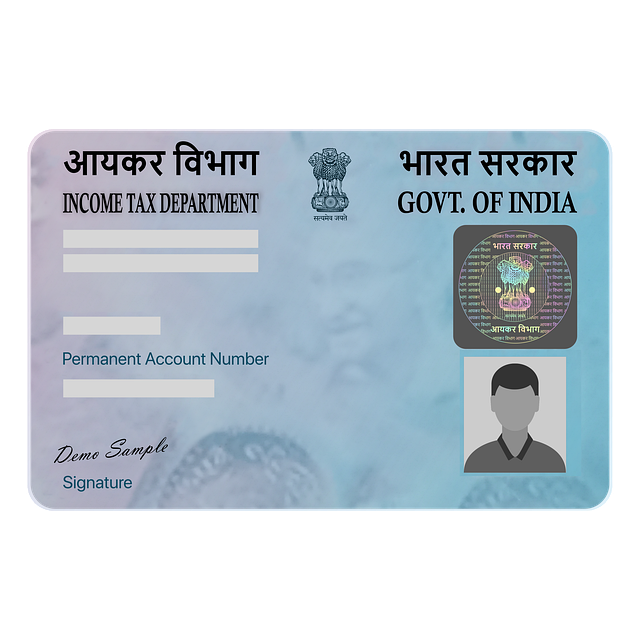Background checks for security personnel, or security guard background screening, are vital for ensuring safety industry compliance and premises protection. This multi-step process involves verifying identity, criminal history, licenses, employment, and education to identify trustworthy professionals capable of safeguarding sensitive environments. By leveraging national and international databases, cross-referencing information, and assessing skills and character traits, organizations can mitigate risks associated with criminal histories and enhance public trust in security services. Continuous safety officer credentials verification and comprehensive security workforce screening are essential for a proactive, reliable security sector that keeps up with evolving challenges.
In today’s world, ensuring the security of public and private spaces is paramount. Effective security personnel are essential for premises protection, but their recruitment process demands rigorous scrutiny. This article delves into the critical aspect of background checks for security personnel, exploring why comprehensive security guard background screening is indispensable. From understanding the importance of these checks to navigating the key aspects during security workforce screening, we’ll uncover strategies for implementing safety industry compliance and continuous verification, ensuring a robust security force capable of fulfilling their roles with integrity and competence.
- Understanding the Importance of Security Personnel Background Checks
- The Process of Conducting Comprehensive Screening
- Key Aspects to Evaluate During Security Guard Background Screening
- Ensuring Safety Industry Compliance and Continuous Verification
Understanding the Importance of Security Personnel Background Checks

Background checks for security personnel are an essential component of ensuring safety and security in various settings. In today’s world, where threats can emerge from unexpected sources, verifying the background of individuals tasked with protecting people and property is crucial. Security guard background screening involves a thorough examination of an applicant’s history to ensure they meet the required standards and are suitable for the role. This process goes beyond simple verification of identity and includes assessing any criminal record, past employment history, education, and other relevant factors. By implementing robust security industry compliance measures, organizations can mitigate risks and protect themselves from potential threats.
These checks serve as a vital tool in maintaining premises protection, as they help identify individuals who might pose a risk due to prior criminal behavior or other disqualifying factors. Safety officer credentials are not just about possessing the right certifications; they also signify that the individual has undergone rigorous screening to ensure their reliability and integrity. Security workforce screening is a comprehensive process designed to uncover any red flags early in the hiring stage, ensuring that only trustworthy professionals safeguard sensitive environments. This proactive approach to safety personnel verification is becoming increasingly vital as security concerns continue to evolve and become more complex.
The Process of Conducting Comprehensive Screening

The process of conducting comprehensive screening for security personnel involves a multi-step approach to ensure the safety and security of premises and individuals. It begins with thorough background checks, which include verifying the identity, criminal history, and any relevant licenses or certifications of potential guards. This step is crucial in the security industry compliance, as it helps identify any red flags that could compromise the integrity of the workforce.
Additionally, safety personnel verification methods extend beyond basic documentation. They encompass cross-referencing information across multiple databases to confirm details and uncover hidden patterns. These premises protection checks are designed to ensure that the security officers have the necessary skills and character traits required for their roles. By implementing rigorous screening practices, organizations can foster a reliable security workforce capable of upholding high standards of professionalism and integrity.
Key Aspects to Evaluate During Security Guard Background Screening

When conducting background checks for security personnel, several crucial aspects must be evaluated to ensure safety industry compliance and premises protection. The process should encompass a thorough review of the candidate’s criminal history, employing records checks that extend beyond local databases to national and international ones. This comprehensive approach is essential to unearth any potential red flags related to past offenses or pending charges.
Additionally, verifying security officer credentials, including certifications, licenses, and training completion, is paramount. Screening should also include a review of employment history and references to gauge the candidate’s suitability for the role and their track record in previous positions. By incorporating these key elements into the security guard background screening process, organizations can make informed decisions, fostering a reliable security workforce capable of effectively protecting sensitive premises.
Ensuring Safety Industry Compliance and Continuous Verification

In the dynamic landscape of security management, ensuring Safety Industry Compliance is paramount. Background Checks for Security Personnel, or security guard background screening, play a pivotal role in upholding the integrity and credibility of the industry. By implementing rigorous premises protection checks and safety personnel verification processes, organizations can mitigate risks associated with individuals having criminal histories. This proactive approach not only safeguards the interests of clients but also enhances public trust in security services.
Continuous safety officer credentials verification is an essential component of this framework. As the security industry evolves, so do the challenges it faces. Regular and comprehensive security workforce screening mechanisms help keep pace with these changes by identifying potential threats early on. This continuous evaluation ensures that only qualified, trustworthy individuals are granted access to sensitive areas, thereby fostering a culture of safety and reliability within the security sector.
